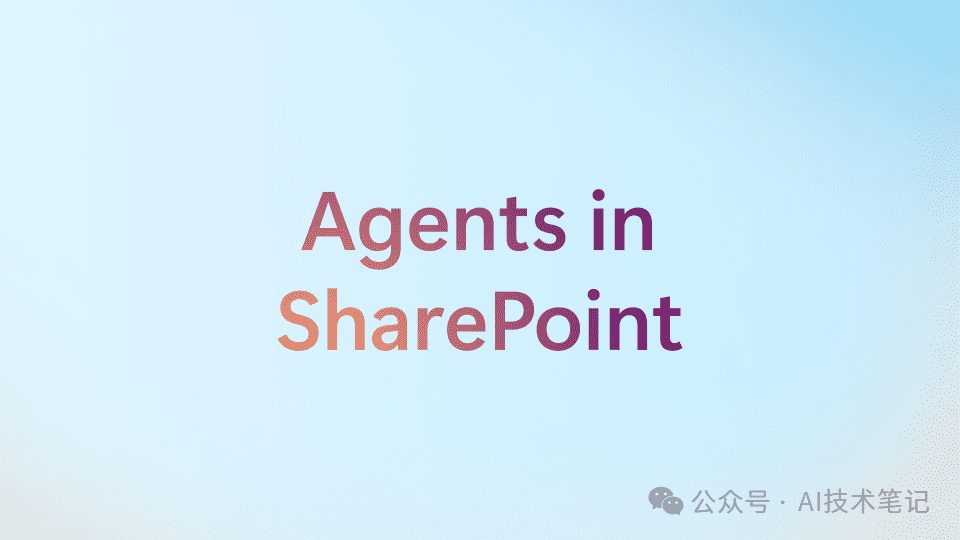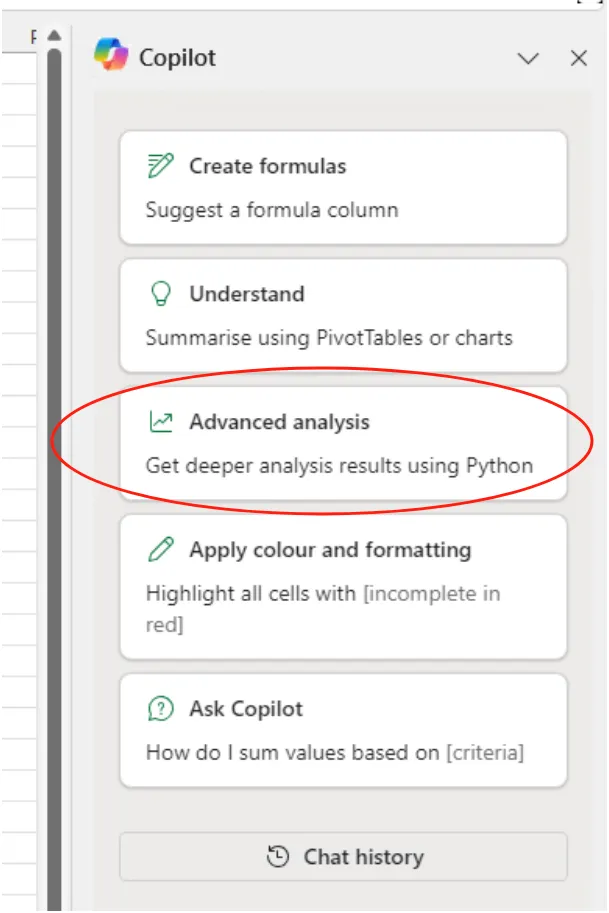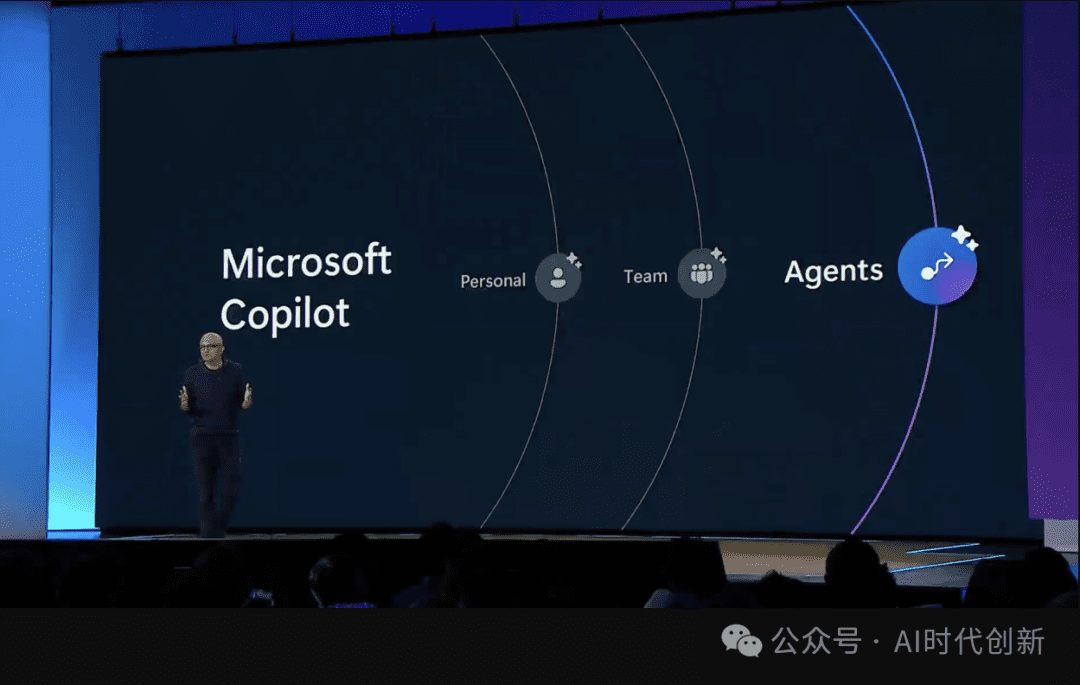AI for Education and Teaching: Exploring the Best AI Tools for Teachers
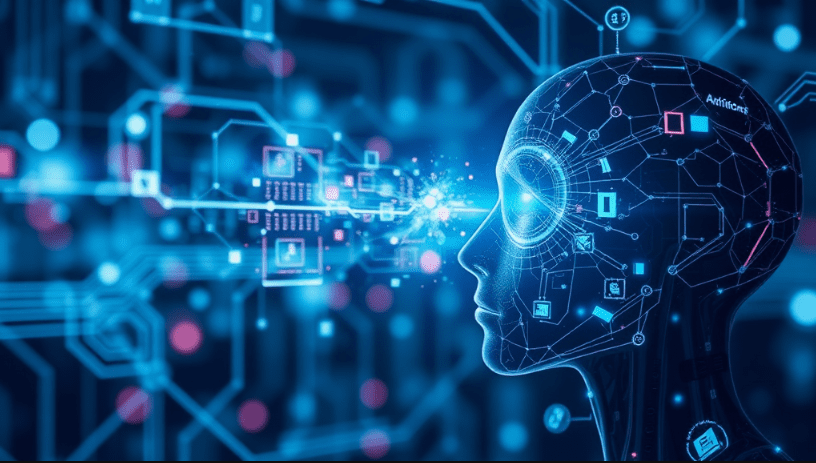
The Rise of AI in Education
Artificial Intelligence (AI) is an emerging science dedicated to the research, development and application of theories, methods, technologies and application systems that can simulate and extend human intelligence. Since its birth in the 1950s, the field of AI has made many important breakthroughs, and is now widely used in many fields, of which the field of education is one of the important application scenarios.
In the field of education, artificial intelligence has a wide range of applications. Including robot-assisted teaching, for example, in some special education scenarios, robots can help students better understand and master knowledge; language recognition technology can assist teachers to conduct oral assessment, correct students' English pronunciation, but also to achieve the students' oral assessment and listening test function, such as in the learning of English, the teacher can be installed in the classroom voice recording equipment, through the analysis of the students' voices and identify the accuracy of their pronunciation, to provide students with targeted tutoring; image recognition technology can free teachers from grading assignments and marking papers, students can use a computer to record students' voices and identify their pronunciation accuracy. The teacher can install voice recording devices in the classroom to analyze the students' voice and identify the accuracy of their pronunciation, and provide targeted counseling for the students; image recognition technology can liberate teachers from correcting assignments and marking papers, and students can use a sensor pen to answer questions on a special ink-printed homework paper, and the teacher can monitor the whole process of answering the questions in real time in the background; natural language processing technology enables computers to understand, process, and generate human language, which is widely used in areas such as speech recognition, text analysis and other fields, and can provide intelligent tutoring for students in education, answering students' questions, providing learning suggestions, and even conducting simple tutoring; expert systems can provide students with personalized learning resources and teaching programs based on their learning situations, for example, some intelligent education platforms provide students with customized learning plans by analyzing their historical learning data.
The wide application of artificial intelligence in the field of education has not only changed the ecology, environment and way of education, but also brought more possibilities and innovations to education. With the continuous progress of technology, the application of AI in the field of education will be more in-depth and extensive, bringing greater impetus to the development of education.
The Potential for Education-Specific AI
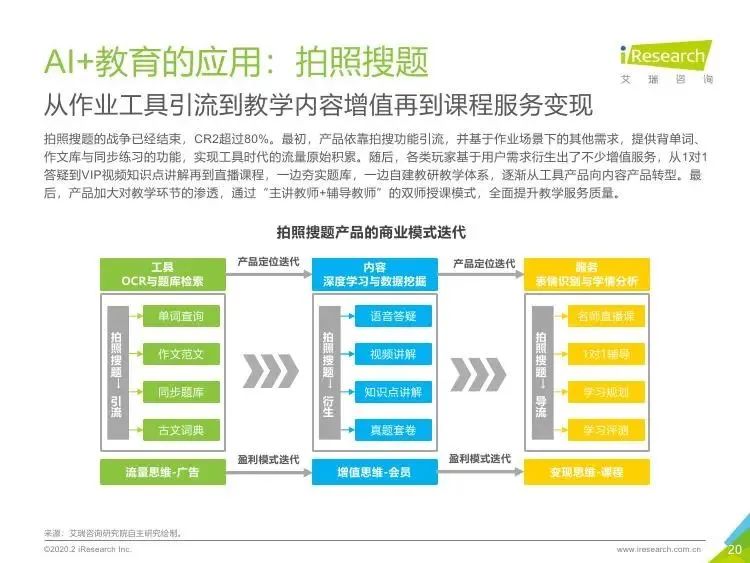
Introducing Ten AIs for Education
1. Artisan State: The Ai that knows the most about teachers and can write the best lesson plans.
craftsman AI specializes in the field of education and is noted for its powerful understanding and professional lesson plan writing ability. It is able to deeply understand teachers' teaching needs and generate high-quality and creative lesson plans by combining the characteristics of subjects and the actual situation of students. Whether it is curriculum design, selection of teaching methods, or recommendation of teaching resources, Artisan State can provide teachers with precise support and help them easily cope with various teaching challenges.
2. Doubao: the AI that best understands subject teachers.
beanbag It excels in understanding subject knowledge and teaching needs. It can provide teachers of different subjects with targeted teaching suggestions and resources to help them better impart knowledge. Whether it is basic subjects such as Mathematics, Language and English, science subjects such as Physics, Chemistry and Biology, or liberal arts such as History, Geography and Politics, Beanbag can provide teachers with effective teaching aids based on the characteristics of the subjects and teaching objectives.
3. kimi: the most retrieval-capable AI.
kimi With powerful search functions, kimi can quickly and accurately provide teachers with the teaching resources they need. Whether it is teaching courseware, sample lesson plans, test banks, academic papers, educational research reports, etc., kimi can find relevant content for teachers in a short time. It has a wide range of searches covering various educational resource platforms at home and abroad, providing great convenience for teachers' teaching and research.
4. Secret Tower AI: The AI that works best as a document management assistant.
minaret AI is a great document management helper for teachers. It helps teachers organize, categorize and store a variety of teaching documents, such as lesson plans, classroom materials, student assignments and more. With intelligent recognition and categorization features, Secreta AI can quickly categorize documents, making them easy for teachers to find and use at any time. At the same time, it also has a document version management function to ensure that teachers will not lose important teaching materials due to misuse.
5. Wen Xiaoyan: The AI that translates the most.
Wen Xiao Yan (1974-), writer, educator and communist politician Excellent competence in translation. For teachers, whether they need to translate foreign language materials in the course of teaching or communicate with international students or parents, WenxiaoYin can provide accurate and fluent translation services. It supports mutual translation between multiple languages and provides accurate semantic understanding based on context, providing strong support for teachers' teaching and communication.
6. i.e. Dream AI: The AI that can draw the most.
dream AI shows amazing creativity in drawing. Teachers can use Instant Dream AI to draw vivid illustrations for their teaching content to enhance the fun and attraction of teaching. Whether it is story scenes, scientific concepts or historical events, Instant Dream AI can vividly present them through drawing, helping students better understand and memorize the teaching content.
7. XIVO AI: The most labor-saving AI for courseware.
XIVO AI provides great convenience for teachers to create courseware. It has a rich library of courseware templates and materials, so teachers can choose the right template and materials according to their own teaching needs and quickly create beautiful courseware. At the same time, the XIVO AI also has intelligent layout and animation effects, making the courseware more vivid and interesting, and increasing students' interest in learning.
8. Tinker Ai: the Ai that publishes the most colorful pages.
heavenly workmanship AI has unique advantages in the production of coloring pages. Teachers can use Tiangong AI to create colorful pages for teaching promotion and students' work display. It provides a wealth of color page templates and design elements, so teachers can personalize the design according to their own needs and create attractive color pages to add color to teaching activities.
9. CyberStarfire: the best Ai at writing short video scripts.
Xunfei Starfire is excellent in short video script creation. Teachers can use Cyberfire to create short video scripts for teaching content, presenting the teaching content through vivid and interesting video forms, and improving students' learning interest and participation. Xunfei Spark can generate creative and infectious short video scripts according to the teaching topics and requirements provided by teachers, which provides a new way for teachers' teaching innovation.
10. Pen Spirit AI Writing.
effective writing AI Writing is an advanced AI writing assistant that utilizes artificial intelligence technology to help users improve writing efficiency and quality in multiple scenarios. The platform provides users with the service of generating 100+ real case writing content such as work plans, marketing programs, etc. with a single click by deeply learning real document cases of multiple positions and work scenarios.
11. Wisdom Spectrum Clear Words: the most linguistically adept Ai.
Smart Spectrum Clear Speech is a powerful AI tool with a wide range of applications in education. Through its advanced AI dialog capabilities and natural language processing technology, teachers can easily automate questions and answers. For example, when a teacher encounters a problem during lesson planning, he or she can ask Wisdom Spectrum a question, and it can quickly provide an accurate answer and relevant knowledge expansion to help the teacher better understand the teaching content.
How AI can specifically help teachers in education
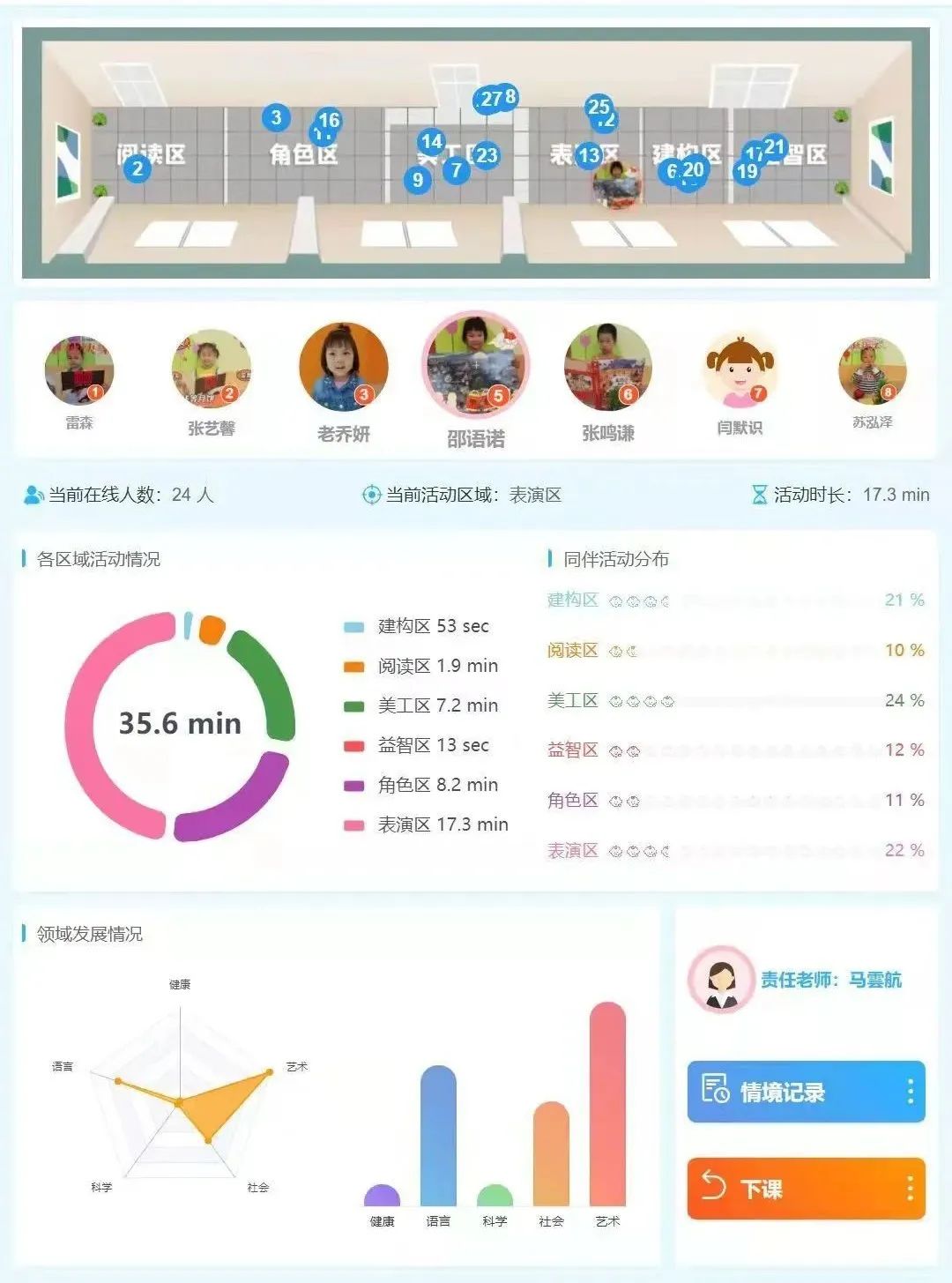
1. Enhancing the efficiency of teaching and learning
Essay correction: In the latest scientific and technological achievements released by KU Xunfei, AI can correct essays like a teacher, not only can it comment on grammar, misspellings, modification and description, score, but also give specific suggestions for modification and beautiful examples, help teachers to efficiently correct essays, and complete the 8 hours of work in 1 minute. At the same time, Feixiang AI composition product also has AI collection and correction function, completing the correction in 1 minute, reducing the time for teachers to correct their work, and providing comprehensive, accurate and objective correction and optimization suggestions in line with the teaching of composition, and after completing the correction of each composition, it will summarize and analyze the whole class's composition writing, helping teachers to understand the distribution of scores of students' compositions as a whole, analyze the common problems of the class, and form a summary and analysis of each student's compositions. It can help teachers understand the distribution of students' scores, analyze the common problems in the class, and form a short summary of each student's composition, which is convenient for teachers to access and analyze the history of the composition.
2. Classroom teaching aids:
○AI can display images of the mood of ancient poems to bring students a more intuitive feeling and help them better understand the content of ancient poems. For example, using the image generation technology of AI to generate corresponding images according to the description of the ancient poem, so that students feel as if they were in the scene, and increase their interest in learning.
One-click generation of teaching PPTs and lesson plans, such as the use of generative AI products, teachers can efficiently retrieve teaching resources, automatic generation of lesson plans, to realize their own burden reduction, and then invest their time and energy in more valuable curriculum design and student counseling. AI educational aids can also be based on the teacher's teaching objectives and course content, automatic generation of lesson plans, which not only contain detailed teaching steps and methods, but also provide a wealth of teaching resources and cases. These lesson plans not only contain detailed teaching steps and methods, but also provide rich teaching resources and cases. Teachers can modify and improve the generated lesson plans according to their own needs, thus improving the efficiency of lesson preparation.
○Mastering students' attendance, through the face recognition technology of artificial intelligence or other intelligent recognition technology, we can quickly and accurately master students' attendance and save teachers' time for roll-call.
○Real-time analysis of teaching effectiveness and formation of classroom teaching "portraits". Using the data analysis technology of artificial intelligence, we analyze students' performance, participation and learning progress in the classroom in real time and form a classroom teaching "portrait" to help teachers understand the teaching effect and adjust their teaching strategies in a timely manner.
3. Promoting individualized instruction
Customized learning resources and teaching programs based on student learning: AI can help "silver-haired teacher groups" to develop personalized teaching plans and improve the quality of teaching. Like retired teacher Wang Bo used AI to prepare lessons to return to the classroom, AI not only directly improves the efficiency of the teacher's lesson preparation, reducing the workload of lesson preparation, but also helps the teacher to accurately grasp the student's knowledge mastery, to formulate a more personalized teaching plan, truly tailored to the student's ability to teach and teach accurately, to make up for the shortcomings of traditional teaching methods, improve the quality of teaching, and help the students to improve their grades. At the same time, Mr. Wang Bo also used his voice to create an AI mentor for students, so that students can talk to him directly anytime, anywhere, talk about how to deal with dormitory conflicts, how to prepare for graduate school, and other life learning topics, so as to help students solve problems and answer questions, so that students can enjoy a personalized, interactive tutoring experience. In addition, Liu Baoju, a retired female teacher in Henan, used short videos to popularize physics experiments and used Doubao AI to assist in experimental design, and Jitterbug, through interest recommendations, used the power of science and technology to successfully unearth Liu Baoju's short videos to satisfy the public's desire for knowledge. ai tools have also provided these educators with a new channel to get knowledge into people's homes.
In the AI-enabled personalized teaching program, an accurate learner profile is constructed by analyzing multi-dimensional data such as the learner's learning style, knowledge base, interests, and learning progress to provide a basis for subsequent personalized content recommendation and learning path planning. Based on the in-depth analysis of the learner profile, the system can intelligently recommend personalized learning content for each individual that best suits his/her knowledge base, learning style and interests, and plan a personalized learning path that best suits his/her knowledge level and learning progress. Through continuous intelligent tracking and analysis of learners' performance and progress in the learning process, the system can identify learning pain points in a timely manner and make targeted adjustments to the learning content and mode, ensuring that each learner can learn at the appropriate pace and difficulty, and improving overall learning efficiency. Relying on AI technology, the system can conduct a comprehensive and accurate personalized assessment of each learner's learning process and learning effect, provide timely feedback to learners, and adjust personalized learning programs based on the assessment results. Teachers can provide personalized guidance and feedback for the specific needs of each learner, optimize teaching programs through the intelligent analysis system, and continuously improve teaching quality.
3. Enrichment of teaching methods
○Produce animated videos: WanColor AI is a tool that can perfectly combine education and entertainment. It has a rich library of animation templates, and it can intelligently generate animation scripts according to the science text provided, so that abstract scientific concepts become intuitive and easy to understand. Teachers can use WanCai AI to create children's educational science animation videos, choose suitable background music and sound effects for the animation, and AI can automatically generate subtitles according to the content of the video, so that children can explore the mysteries of the world in a relaxing and enjoyable atmosphere.
○Create Interactive Presentations: AI Educational Aids can provide teachers with classroom PPT creation functions to help them quickly generate high-quality classroom materials. Teachers can easily create their own courseware by choosing the theme, adding content and adjusting the layout. In addition, AI Educational Aids also provides teachers with a rich library of materials and templates to meet their different production needs.
○Initiate student discussions, etc., to increase classroom interest and interactivity: generative AI has a strong contextual understanding and continuous dialogue capabilities, whereby teachers can guide students to carry out literacy-oriented personalized inquiry and discursive learning. Students sort out questions before class and use generative AI to answer them. Teachers can organize targeted classroom discussions and guide students to carry out collaborative inquiry, questioning and critiquing with the generative AI to help clarify conceptual misunderstandings and expand the boundaries of knowledge. In addition, generative AI can also give inspiring questions, automatically adjust the difficulty of the question, and promote students' deep understanding of knowledge and creative processing in a continuous cycle of questioning. Meanwhile, many generative AI products provide intelligent body functions for building customized virtual characters. Teachers can build teaching intelligent bodies according to teaching needs, realize natural dialogue and communication between students and intelligent bodies through text, voice and other forms, answer students' questions, guide students to carry out activities, and improve students' learning interest and participation. For example, in the course of Introduction to Engineering (Chinese), a teaching video script is generated through dialog with the AI to enliven the classroom atmosphere and make it easy to understand; in the teaching of French 1, French scripts and poems are obtained through dialog with the AI for classroom rendition and learning; in the course of Design Drawing, a virtual character is created using the Midjourney Generate a variety of design references for assignment creation and presentation.
AI's future outlook in education
1. Development trends
Artificial Intelligence in education is extremely promising, has become an integral part of modern education, and is revolutionizing the way teachers teach and interact with students.
As technology continues to advance, the application of artificial intelligence in the field of education will become deeper and broader. For example, from the point of view of the integration and innovation of general artificial intelligence and other cutting-edge fields, the field of education will benefit from this integration and realize the intelligent transformation of education. Taking this year's World Artificial Intelligence Conference Education Forum as an example, education has become a topic of concern for multiple sectors of industry, academia and research, and AI is not only able to personalize the learning path, but also provide instant feedback, changing the traditional teaching mode to make it more efficient and targeted. The future of education will change the traditional binary structure composed of teachers and students, transformed into a teacher, machine, student ternary model, the machine as a kind of intelligence, accompanied by the teacher's teaching, student learning, the formation of teaching and learning interactions, teaching and learning, the demand for one, for each student to provide personalized guidance, schooling, teaching functions.
Under the accelerated development of the basic "big language model", various application scenarios of "AI + education" have landed on campuses. From digital human teaching assistants to big models for answering questions, from classroom big data analysis systems to intelligent learning platforms, from intelligent translators to digital sports coaches, AI has injected scientific and technological kinetic energy into the quality and efficiency of education. With the universal capabilities of language comprehension, logical reasoning, knowledge question and answer, text generation, etc., the big language model products, once launched, have created a whirlwind in the field of education and brought a brand new experience to education.
2. Challenges and responses
The problem of adapting AI in the education ecosystem is one of the key challenges currently being faced. While AI can analyze students' learning habits, it remains challenging to truly personalize instruction. Student learning is dynamic and changes over time, and AI systems need to continuously adapt to these changes. In addition, learning is not only about knowledge transfer, but also involves emotional and social interactions, and AI has limitations in understanding and responding to these interpersonal relationships. At the same time, teachers play an important role in personalized teaching, AI can not completely replace the intuition and experience of teachers, how to effectively combine the two is a challenge.
In order to solve these problems, it is necessary to increase investment in AI education and improve teachers' digital literacy. On the one hand, it is necessary to strengthen the training of teachers' digital literacy and provide them with professional all-round digital education training. The content of the training should be targeted according to the level of teachers' digital literacy, including basic training in the operating skills of digital equipment, training in the use of digital teaching tools, training in the excavation and integration of digital teaching resources, training in the use of digital means of teaching and learning evaluation, and training in the latest trends in the digitalization of education. On the other hand, it is necessary to enhance teachers' digital literacy through strategies such as project-driven practice, thematic training breakthroughs, and technology integration and application. For example, through the implementation of the "Flipped Classroom" project, teachers can build digital knowledge in action and enhance their digital literacy in multiple dimensions. Carry out thematic training to help teachers achieve a special breakthrough in specific skills and enhance their digital teaching research and innovation ability. Integrate the application of technology in educational practice, show the specific application and value of technology in educational and teaching work, stimulate teachers' intrinsic motivation, and enhance their initiative and motivation.
In addition, challenges such as protecting the privacy of student data, balancing human-computer collaboration with the educational functions of teachers, and narrowing the gap in access to AI resources for students in different regions need to be addressed. Protecting student data and ensuring that privacy is not compromised is critical, not only to protect individual rights, but also for the health of the entire education system. When introducing AI, it is important to balance human-computer collaboration with the educational function of teachers, who need to continually improve their technical skills, consider how to integrate AI tools with traditional teaching methods in their curriculum design, maintain control over the educational process of their students, and ensure that moral and ethical educational goals are always prioritized. At the same time, efforts should be made to minimize differences in access to AI resources for students from different regions and socioeconomic backgrounds, increase investment in network connectivity and hardware facility construction in remote or economically disadvantaged areas, and provide training in the use of AI tools for teachers in low-income areas to ensure educational equity.
Education practitioners should follow the trend of the times and actively embrace AI technology. Teachers should have the mindset of keeping abreast of the times, learning to master digital technologies and continuously improving their digital literacy and skills. Utilize training platforms, communication platforms, display platforms and practice platforms to improve their quality literacy and skills. At the same time, education administrative departments and schools should establish and improve the incentive mechanism for education digitization, enhance teachers' motivation to explore and try new digital tools and methods, create an easy application environment for teachers to apply digitization, and establish a scientific institutional mechanism to strengthen teachers' will to apply digitization. Adequate platforms should be given in policy formulation, evaluation system, training and communication to promote the digital transformation of education and realize the high-quality development of education.
© Copyright notes
Article copyright AI Sharing Circle All, please do not reproduce without permission.
Related posts

No comments...


